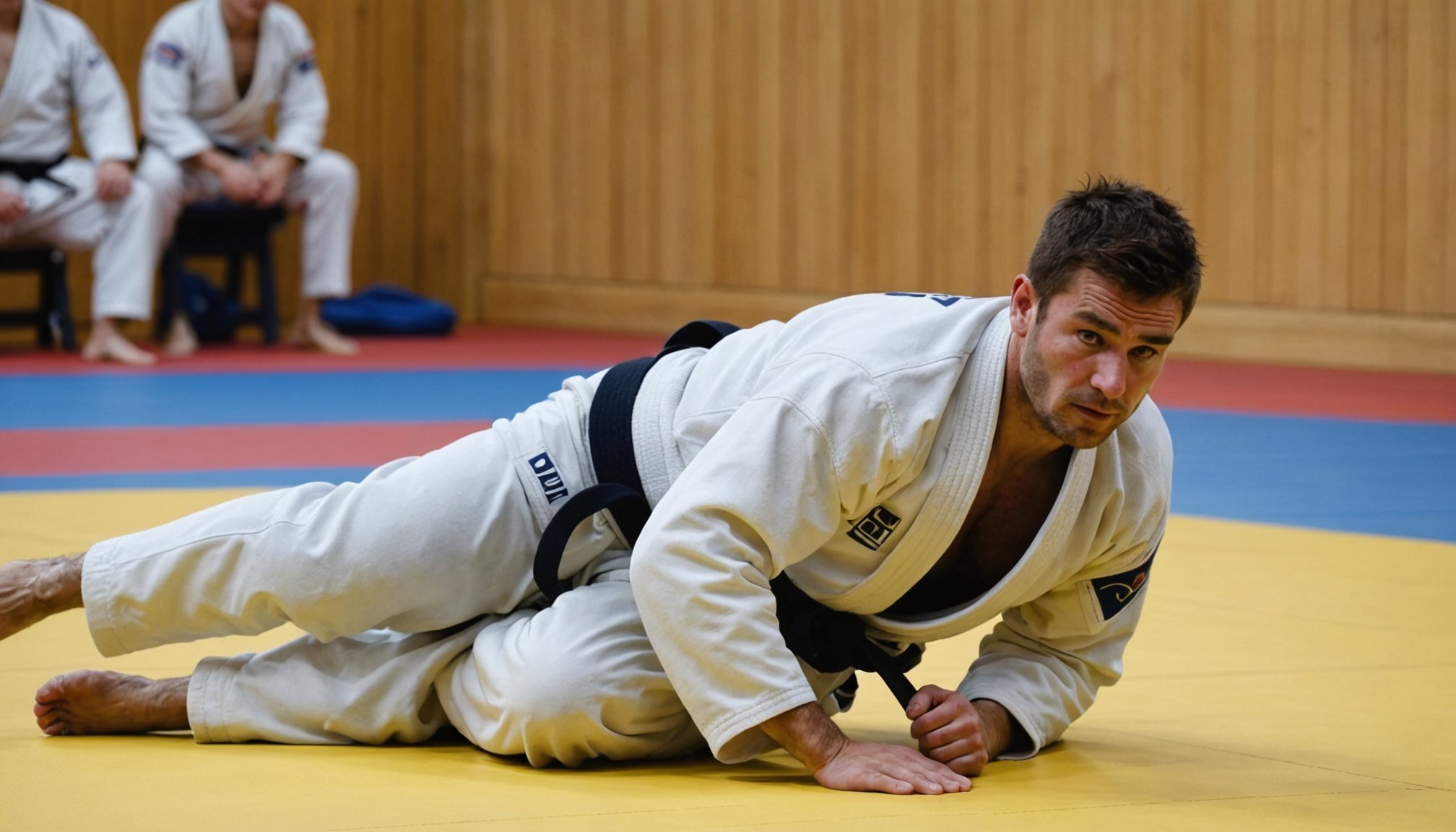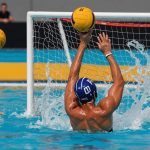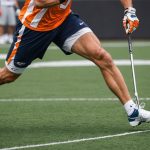Understanding Breakfall Techniques in Judo
Breakfall techniques are fundamental in judo for ensuring athlete safety. They are crucial for injury prevention, allowing judokas to absorb impact seamlessly and reduce the risk of harm. A solid grasp of these techniques is essential not only for personal protection but also for developing skills in judo coaching.
There are several key principles behind effective breakfall execution. Firstly, judokas must distribute their body’s impact over a larger area, which minimises stress on specific joints or muscles. Keeping the head tucked and chin down is another principle, shielding the neck and head from direct impact. It’s also essential to consistently practice these techniques; repetition helps in forming muscle memory, which is vital during fast-paced matches.
Also read : Enhancing athletic recovery: the impact of massage therapy on combat sports athletes in the uk
Breakfall techniques differ across judo moves. For instance, a backward breakfall is distinct from a forward roll, each requiring adjustments in body positioning and movement timing. Learning and refining different techniques for various throws and falls enhance a judoka’s versatility and resilience.
Incorporating these practices into judo coaching sessions is paramount. It not only ensures the safety of athletes but also builds a strong foundational knowledge of judo mechanics. This approach fosters confidence, making individuals more adept in both instructional settings and competitions.
Also to read : Enhancing fencing excellence: how biomechanical analysis transforms techniques for uk athletes
Effective Coaching Strategies for Breakfalls
Successfully enhancing athlete performance in breakfalls requires a comprehensive understanding of coaching strategies.
Developing a Structured Training Plan
Creating a structured training plan is critical to instilling discipline and consistency in judo drills. Establish a clear sequence of drills tailored to each athlete’s current skill level. Ensuring these plans are well-organized maximizes efficiency and improvement in technical execution.
Incorporating Progressive Drills
Drills should gradually increase in complexity and intensity to build foundational skills effectively. Initially, focus on mastering fundamental techniques. As proficiency increases, introduce advanced variations to challenge athletes and prevent skill plateaus. This progressive approach helps athletes adapt and develop resilience over time.
Monitoring Athlete Progress and Adaptations
It’s important to evaluate athlete performance regularly. Use evaluation tools to track improvements and identify areas needing extra focus. Techniques like video analysis and feedback sessions allow for precise performance assessment. Adaptations to training plans should consider individual growth rates and learning paces. Embrace the fact that each athlete is unique—personalizing adjustments ensures continued development and motivation.
By integrating comprehensive coaching strategies, you can systematically enhance both beginner and advanced judo practitioners’ abilities, leading to more effective and safer breakfall execution.
Essential Drills to Teach Breakfall Skills
Breakfall skills are a critical component in judo, necessary for both safety and performance enhancement. Employing effective judo drills is key for skill development, starting from the basics and progressing to more advanced techniques.
Begin with a step-by-step guide to introduce basic breakfall methods. Start by kneeling on a soft mat to practice simple backward rolls, ensuring the head is tucked and the arms protectively encircle the body. This fundamental practice helps newcomers develop confidence and muscle memory. Another essential drill includes the side fall, where trainees learn to distribute body weight evenly to avoid injury.
As athletes progress, their training methods can incorporate advanced drills. For instance, standing breakfalls challenge an athlete’s balance and timing. Effective training methods here involve controlled descent from a low squat position up to a standing height, still adhering to the principles of body protection.
Drills can be modified to accommodate different skill levels. Beginners may practice breakfalls from a lower starting point, while experienced athletes execute these from standing or running jumps. These modifications ensure each practitioner develops their skill safely and effectively, promoting comprehensive judo skill development through structured learning progression.
Overcoming Common Challenges in Teaching Breakfalls
Teaching breakfalls in judo requires overcoming specific coaching challenges. While mastering these judo techniques ensures safety, it’s not uncommon for instructors to face hesitations from learners. Athletes often exhibit fear towards falling, which can hinder their progress.
Addressing Fears and Hesitations
Understanding these fears is key. Athletes might worry about injury or the unfamiliar sensation of falling. One effective way is to build trust through gradual exposure. Start with low-impact falls; this helps the athlete gain confidence in their ability to perform more complex techniques later.
Tailoring Techniques to Individual Needs
Coaching isn’t one-size-fits-all. Each athlete may grapple with different obstacles, whether they are physical or mental. Determining these individual challenges enables coaches to personalize training. Embracing unique learning styles, whether visual or kinaesthetic, ensures athlete engagement and efficacy.
Creating a Positive Learning Environment
Encouragement is vital. Athletes thrive with consistent motivation and positive reinforcement. Creating a supportive atmosphere can minimize anxiety and help learners focus on improving their skills. Celebrate small victories, acknowledge progress, and offer constructive feedback. This approach transforms potential roadblocks into stepping stones and sustains long-term athlete engagement in mastering breakfalls.
Enhancing Visual Learning with Multimedia
Visual learning has evolved, offering judo enthusiasts the chance to benefit greatly from video tutorials. These can break down complex judo techniques into understandable segments. Videos serve as rich coaching tools that provide both newcomers and seasoned practitioners a visual benchmark to aspire towards.
Benefits of Using Video Demonstrations in Training
Video demonstrations allow judo practitioners to understand movements from multiple angles, ensuring they master the subtleties of various techniques. By repeatedly revisiting specific actions in slow motion, learners can perfect their form and improve execution precision. Videos also allow learners to pace their study, absorb information, and practice drills at a comfortable speed.
Recommended Resources and Platforms for Judo Techniques
Today’s learners have access to numerous platforms offering high-quality judo content. Look for coaching tools that provide comprehensive breakdowns, often available on platforms like YouTube and specialized sports apps. These resources often feature contributions from experienced coaches and competitors, ensuring you learn from the best.
Incorporating Multimedia into Sessions
Effectively integrating multimedia into your learning regimen involves selecting videos that focus on specific techniques relevant to your current skill level. Use these video tutorials to complement live instruction, ensuring a well-rounded understanding of judo techniques. Might consider using screen sharing tools for virtual training sessions, allowing real-time feedback.
Conclusion: Implementation for Performance Boost
Achieving athlete success in judo requires a comprehensive approach that includes performance enhancement strategies. Key elements of this approach are rooted in effective judo training, focusing on the importance of practicing breakfalls. These techniques, which help in safely receiving throws, are vital for minimizing injury and improving performance in competition.
A consistent and repetitive practice regimen is crucial in developing proficiency in breakfalls. Emphasizing safety during training sessions not only safeguards the athletes’ well-being but also instills confidence, which is essential for their success in judo.
As a coach, continual learning and adaptation are equally significant. Staying updated with the latest coaching methods and judo training techniques can significantly contribute to the athletes’ performance enhancement. The integration of new skills and methods ensures that training remains relevant and effective.
By fostering an environment where athletes are encouraged to learn and apply new skills, coaches can drive them towards excellence. Through diligence, passion, and a commitment to safety, the path to improving athlete success in judo becomes clearer, ensuring tailored training that meets each athlete’s unique needs.











